The Saber-Toothed Cat That Wasn’t Really a Cat
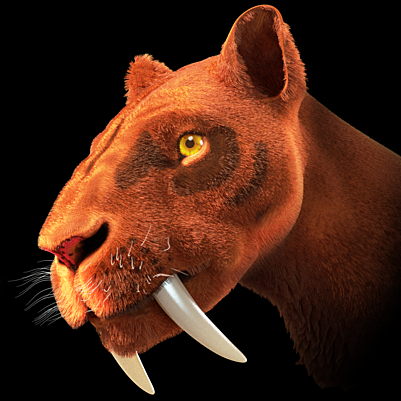
Meet Smilodon, the poster child of prehistoric predators. This muscular beast roamed the Americas around 10,000 years ago, but here’s the kicker – it wasn’t actually related to modern cats at all. Despite its fearsome fangs and feline appearance, Smilodon belonged to a completely separate evolutionary branch.
These powerful hunters were built like tanks, with shorter legs and a more robust frame than today’s big cats. Their massive canine teeth could grow up to 7 inches long, perfect for delivering fatal bites to massive prey like mammoths and ground sloths.
The Marsupial Pretender With Killer Teeth
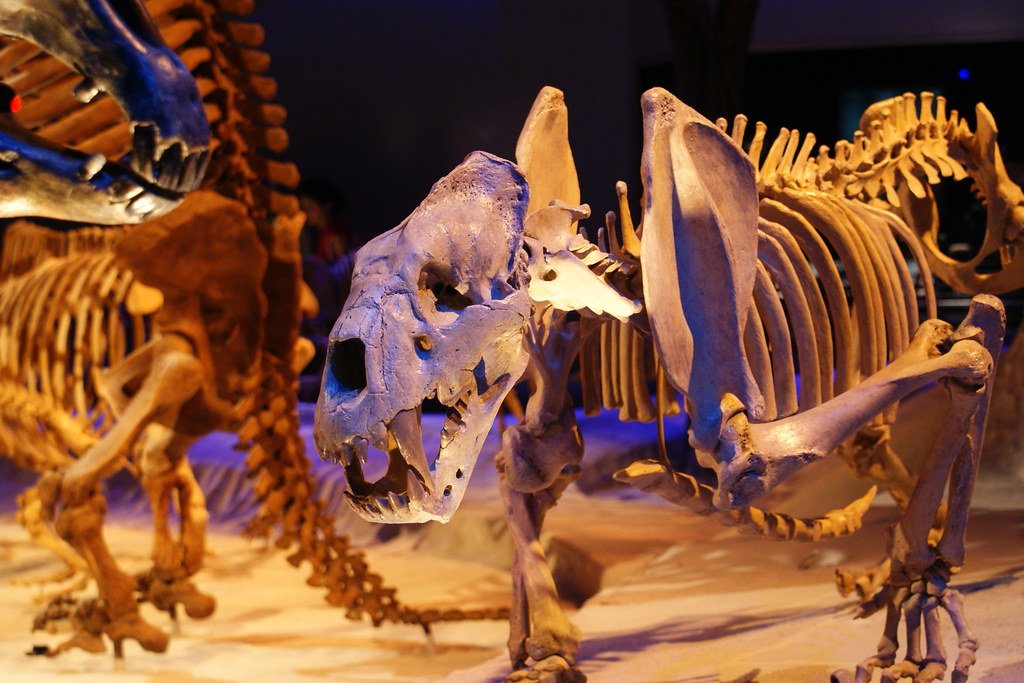
Thylacosmilus looked like it stepped straight out of a saber-toothed cat nightmare, but it was actually a marsupial from South America. This incredible example of convergent evolution shows how nature can create similar solutions in completely unrelated animals.
Living around 7 million years ago, this pouched predator developed its own version of saber teeth independently. Its dental weapons were even more extreme than Smilodon’s, with teeth that never stopped growing throughout its lifetime.
The Ancient Creodont That Started It All
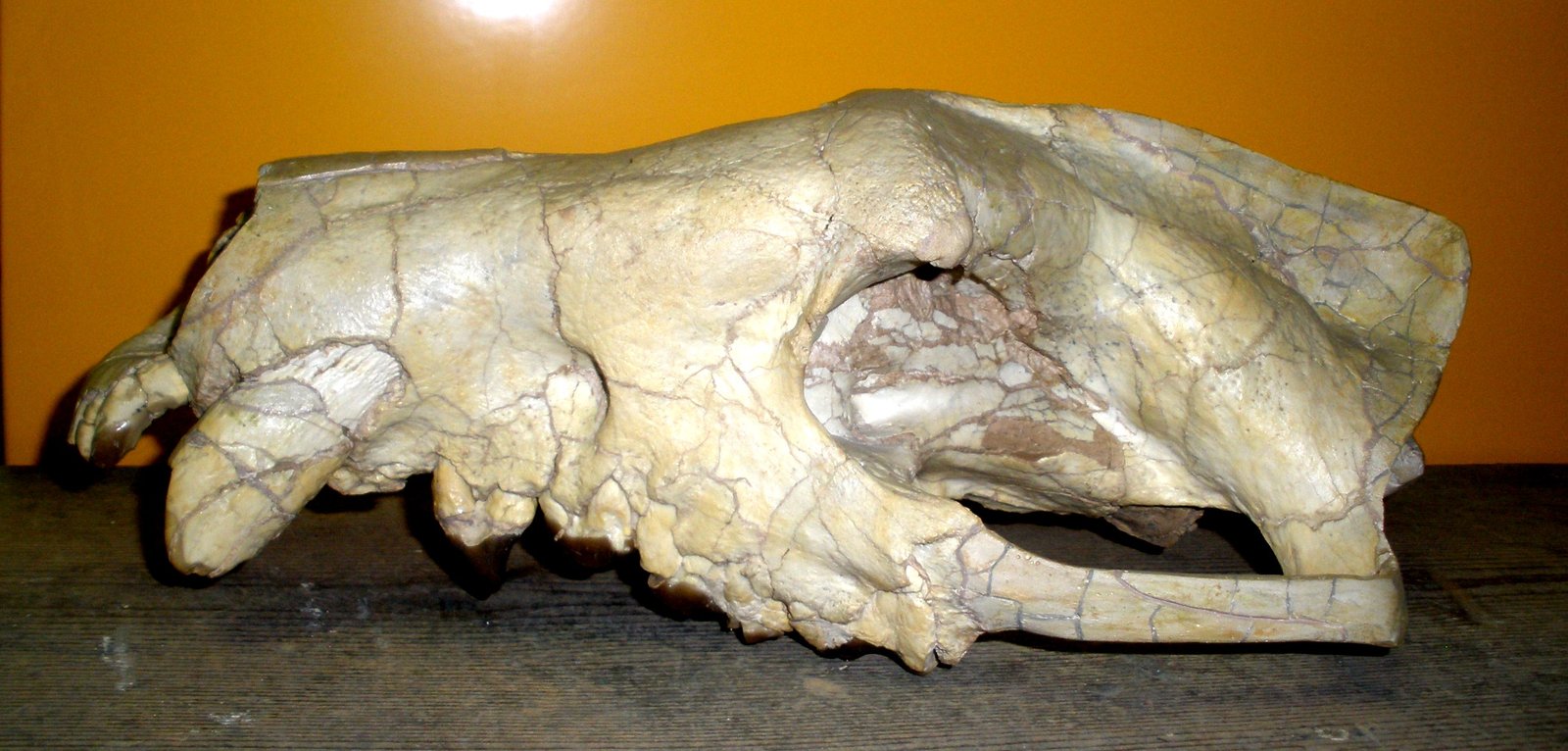
Long before cats or marsupials tried their hand at saber teeth, there was Hyaenodon. This primitive mammalian predator lived 40 million years ago and belonged to an extinct group called creodonts. Think of it as nature’s first attempt at creating a super-predator.
Hyaenodon’s saber-like teeth were actually modified molars, not canines like in later species. These early experiments in dental warfare paved the way for more specialized predators that would follow millions of years later.
The Nimravid That Fooled Scientists for Decades
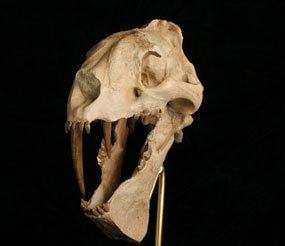
Nimravus and its relatives were so convincing that scientists initially classified them as true cats. These “false saber-toothed cats” lived between 40 and 9 million years ago, perfecting their own version of the saber-tooth lifestyle.
What makes nimravids fascinating is their unique skull structure. Unlike true cats, they had a distinctive bony flange on their lower jaw that helped protect their precious saber teeth. This anatomical feature became their signature calling card.
The Barbourofelis With Teeth Like Daggers
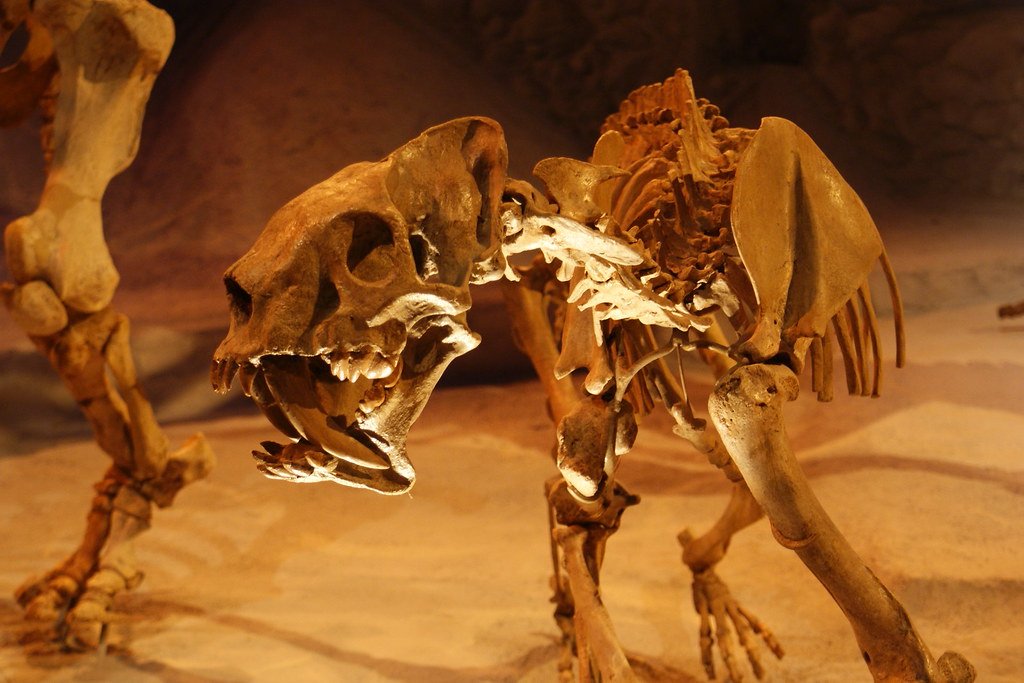
Barbourofelis took the saber-tooth concept to ridiculous extremes. This nimravid species sported canine teeth that were absolutely massive compared to its body size. Imagine a leopard-sized animal with fangs longer than a butter knife.
These incredible predators lived around 9 million years ago and likely specialized in hunting large, slow-moving prey. Their teeth were so large that they probably couldn’t open their mouths very wide, making them precision killers rather than versatile hunters.
The Surprising Sparassodont of South America
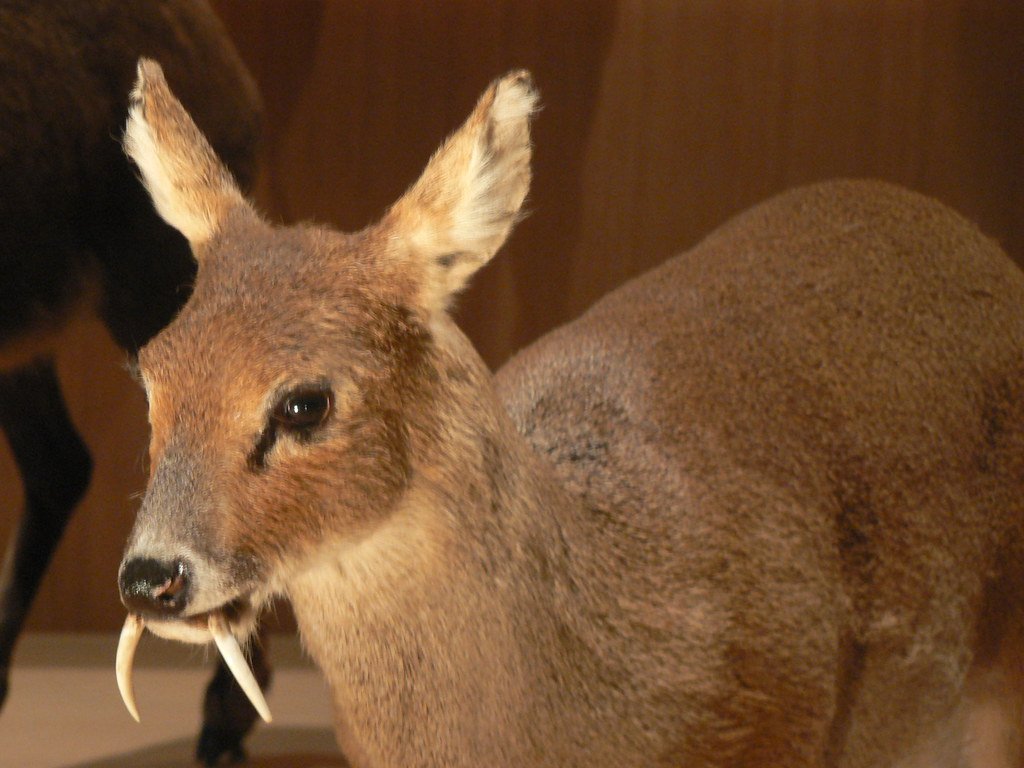
While most people focus on North American saber-toothed predators, South America had its own players in the game. Sparassodonts were marsupial predators that developed their own impressive dental weapons completely independently.
These pouched predators filled the large carnivore niche in South America for millions of years. Their saber teeth evolved from a completely different ancestral stock than any of the northern predators, proving that good ideas can emerge anywhere.
The Machairodontine That Actually Was a Cat
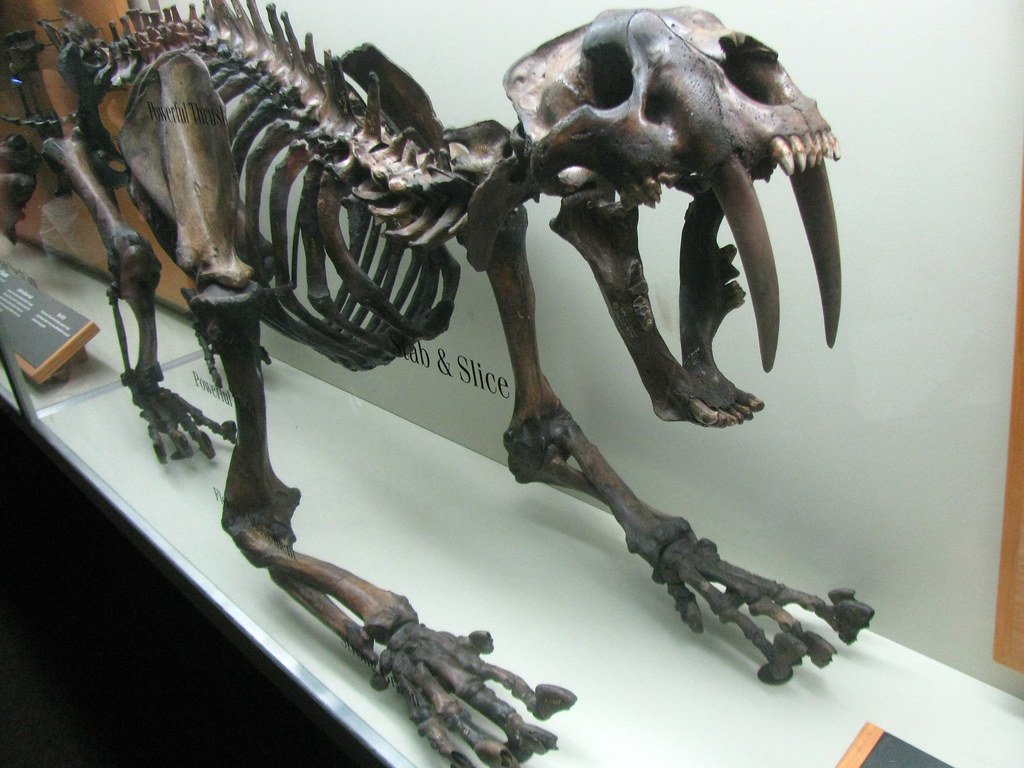
Here’s where things get interesting – some saber-toothed animals actually were related to modern cats. The machairodontines, including species like Machairodus, were true felids that developed their impressive fangs within the cat family tree.
These genuine saber-toothed cats lived across Africa, Asia, and North America between 15 and 2 million years ago. They represent the cat family’s own successful experiment with extreme dental weaponry, showing that sometimes the obvious solution really is the best one.
The Mysterious Eusmilus and Its Bone-Crushing Bite
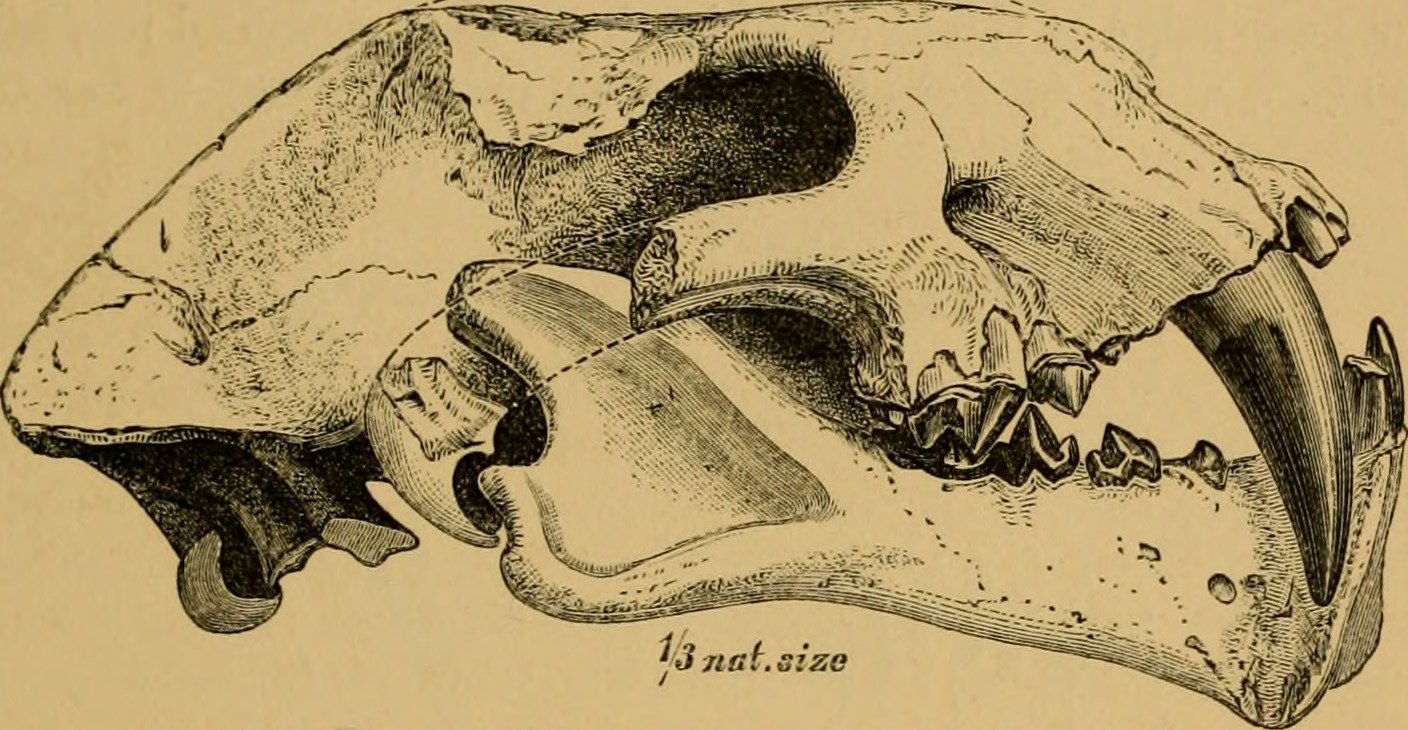
Eusmilus was another nimravid that took a slightly different approach to the saber-tooth lifestyle. Instead of relying solely on their impressive canines, these predators also developed powerful bone-crushing abilities in their back teeth.
This dual-purpose dental system made Eusmilus incredibly versatile. They could deliver precision kills with their sabers and then efficiently process every part of their prey, wasting nothing in the harsh prehistoric world where every calorie counted.
Conclusion: Nature’s Most Successful Coincidence
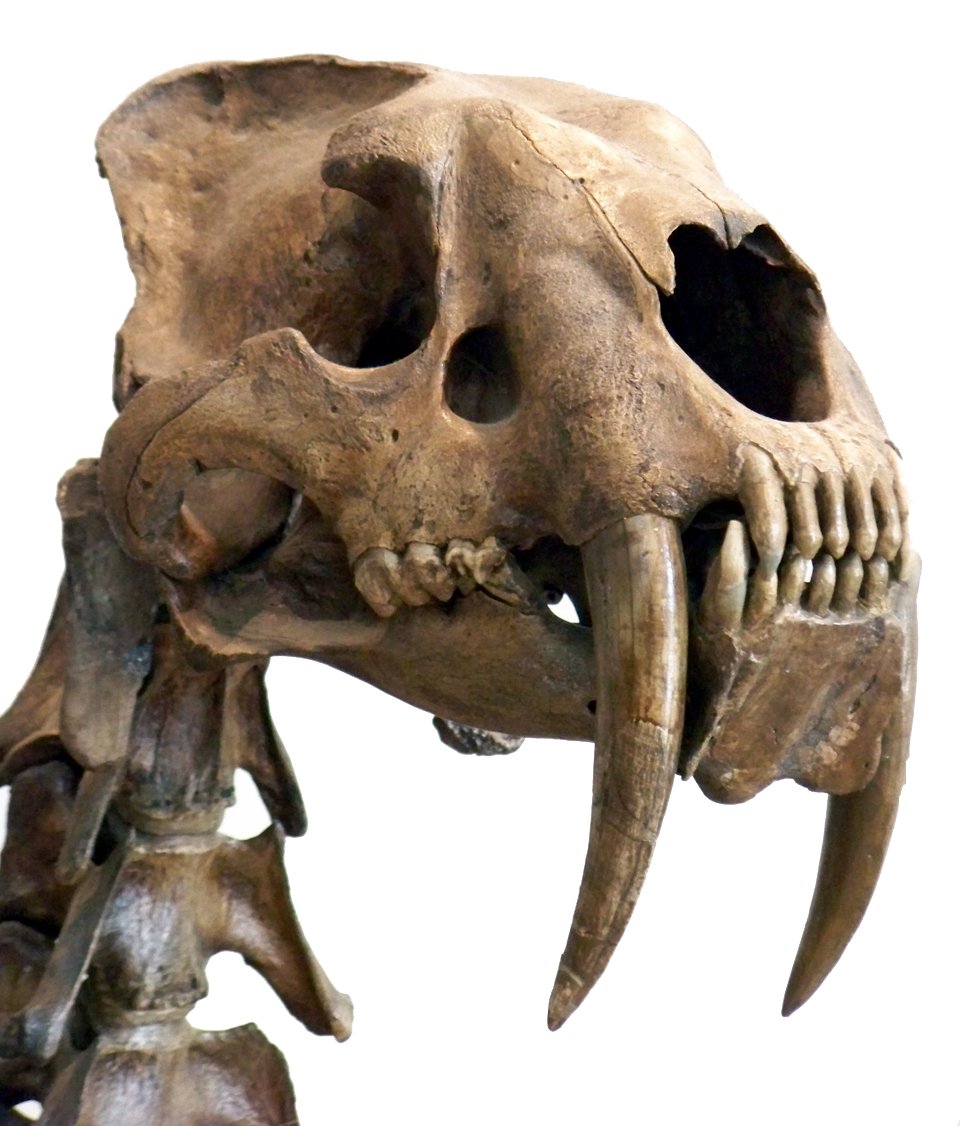
The story of saber-toothed predators is really a story about convergent evolution at its finest. Multiple unrelated animal lineages independently discovered that long, curved canine teeth were the perfect tool for taking down large prey in the prehistoric world.
From true cats to marsupials to ancient creodonts, these diverse predators all stumbled upon the same brilliant solution. It’s like nature kept having the same great idea over and over again, each time in a completely different context.
What makes this even more remarkable is that these various saber-toothed species often lived in different time periods and locations, yet they all converged on nearly identical hunting strategies. The next time you see a saber-toothed cat reconstruction, remember that you might actually be looking at a marsupial, a nimravid, or something else entirely – isn’t evolution beautifully unpredictable?

Born and bred in South Africa, a Capetonian at heart. Amy-Leigh’s love for nature and animals was inherited from her Dad. He loves taking the family on road trips to experience nature at its finest; Amy-Leigh’s favourite being whale watching in Hermanus and spotting Kudu along the West Coast. Amy-Leigh holds a BA in English Literature and Communication Studies.






